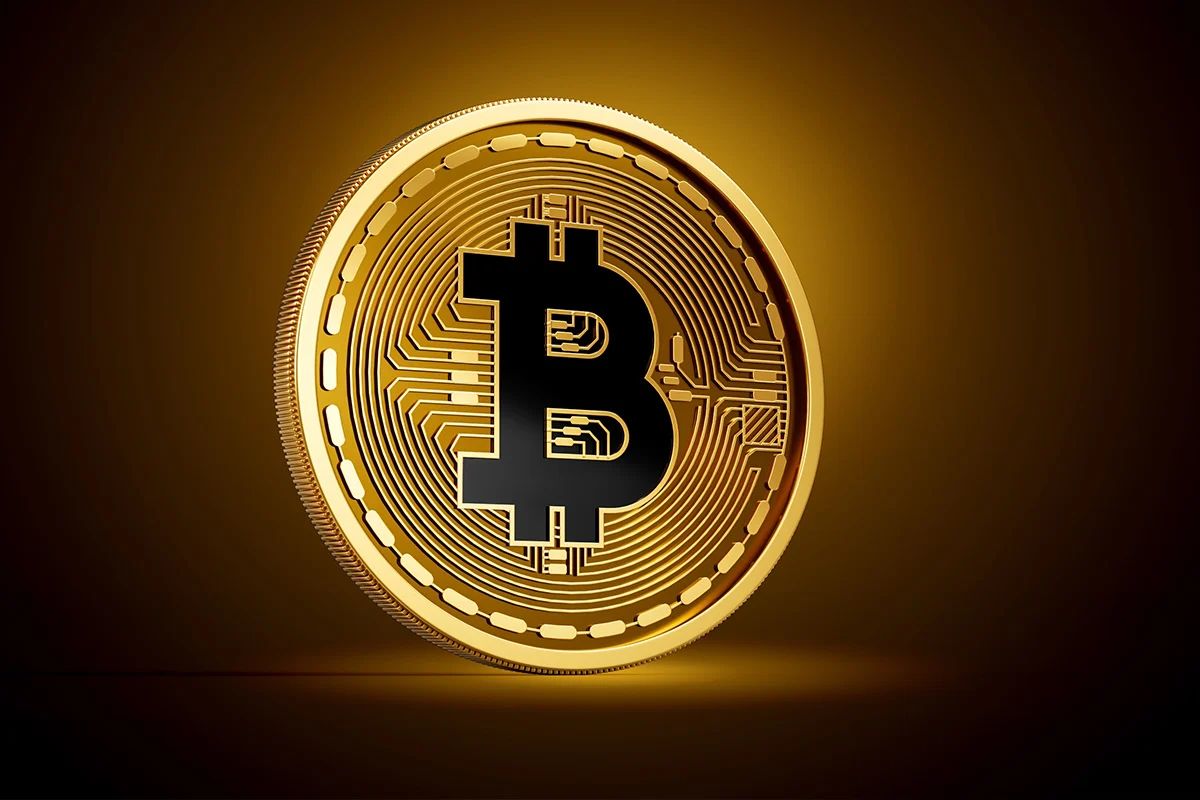TLDR
- Deutsche Bank analysts predict that Bitcoin could become a reserve asset alongside gold by 2030.
- The Trump administration’s creation of a U.S. Bitcoin reserve has sparked discussions about Bitcoin’s role in central bank holdings.
- Bitcoin is gaining recognition for its potential as a store of value, similar to gold.
- The U.S. government has already received Bitcoin, which forms the basis of its strategic reserve.
- Bitcoin’s market capitalization is around $2 trillion, signaling significant growth potential.
Deutsche Bank Research analyst Marion Laboure has suggested that Bitcoin could join gold as an official reserve asset by 2030. The rise of Bitcoin has prompted many to rethink traditional financial holdings. With central banks already diversifying into digital assets, Bitcoin’s role in official reserves appears increasingly likely.
Deutsche Bank Predicts Bitcoin as Reserve Asset
Laboure emphasized that while gold has long been a primary reserve asset, Bitcoin is gaining recognition. She predicts that by 2030, both gold and Bitcoin could coexist on central bank balance sheets. This development would give governments more flexibility in managing their reserve holdings.
The idea of Bitcoin being a reserve asset has gained momentum since the Trump administration’s actions in March. Trump’s push to create a U.S. strategic reserve of Bitcoin has fueled discussions among economists. Central banks now see Bitcoin as a potential hedge against economic uncertainty, just as they have with gold.
Deutsche Bank analysts have pointed out that Bitcoin shares several similarities with gold, particularly in its role as a store of value.
Trump Administration and Bitcoin’s Reserve Role
Donald Trump’s administration has shown strong support for cryptocurrencies, further validating Bitcoin’s potential as a reserve asset. During his campaign, Trump pledged to make the U.S. a global leader in digital assets. This approach has coincided with an easing of cryptocurrency regulations, which has sparked growth in Bitcoin’s market value.
Bitcoin that has been finally forfeited to the federal government will be the foundation of the Strategic Bitcoin Reserve that President Trump established in his March Executive Order.
In addition, Treasury is committed to exploring budget-neutral pathways to acquire more…
— Treasury Secretary Scott Bessent (@SecScottBessent) August 14, 2025
In mid-August, Treasury Secretary Scott Bessent confirmed that the U.S. government had already received Bitcoin for its strategic reserve. Although the directive lacked detailed guidelines, Bessent assured that the implementation would not add to government spending. This move further signals the U.S. government’s commitment to integrating Bitcoin into its financial framework.
Bitcoin’s growing presence on official balance sheets aligns with a broader trend of cryptocurrency adoption by various nations. Countries such as El Salvador have already included Bitcoin in their strategic reserves, showcasing the potential for wider global acceptance. As the U.S. and other countries continue to experiment with Bitcoin, the cryptocurrency could shape the future of global finance.
Bitcoin’s Role as an Asset
Gold has recently reached record levels, exceeding $3,700 per ounce, with a market capitalization of approximately $25 trillion. Meanwhile, Bitcoin’s market capitalization stands at around $2 trillion, suggesting considerable room for growth. Analysts believe that Bitcoin could become a dominant force in the financial system, alongside traditional assets like gold.
Gadi Chait, head of investment at Xapo Bank, believes that Bitcoin’s place in the market is secure. “Bitcoin is here to stay, and its next chapter is only beginning,” he remarked. As Bitcoin continues to gain traction, its future as a reserve asset alongside gold seems increasingly probable.





